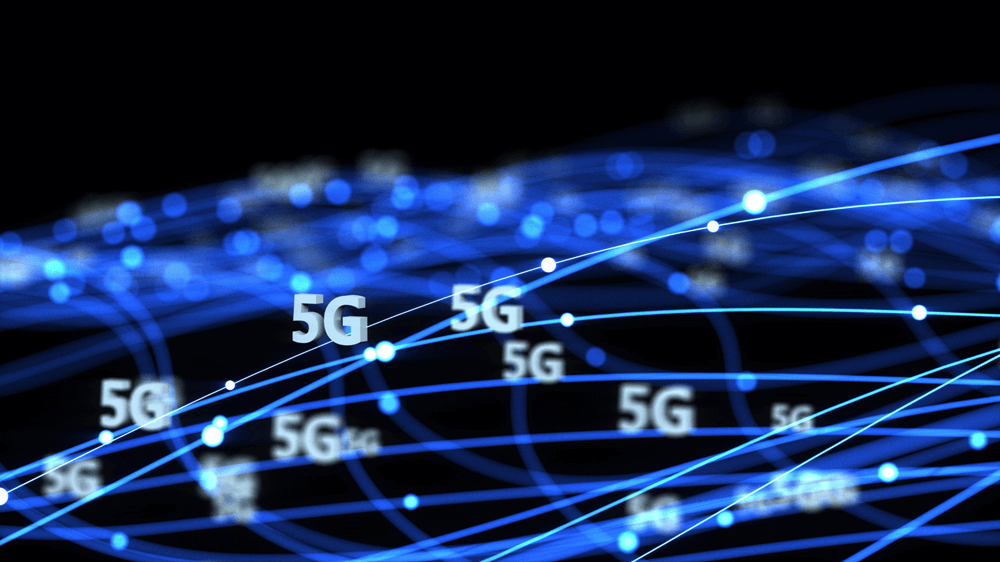How 5G Infrastructure Is Reshaping Network Installations for Enterprises and Tech Hubs
The fifth generation of wireless technology—5G—is not just a buzzword. It’s a game-changer. From ultra-fast data speeds to virtually zero latency, 5G is transforming the way enterprises, smart cities, and tech-driven environments operate. But here’s the catch: 5G may be wireless at the edge, but it relies heavily on wired infrastructure at the core—and that’s where All Day Cable, Inc. comes in.
If you're a project manager, CIO, facility director, or general contractor preparing for a tech-forward build, understanding how 5G reshapes network installation is no longer optional—it’s essential.
Let’s take a look at what’s changing, what’s required, and how All Day Cable, Inc. is helping clients build networks ready for the next era of digital connectivity.
5G Demystified: What Makes It Different?
5G is about more than speed. It’s a new network architecture designed to:
● Support up to 1 million devices per square kilometer
● Enable real-time automation and AI
● Power smart cities and buildings
● Reduce latency to as low as 1 millisecond
● Support private enterprise networks
To accomplish this, 5G relies on dense infrastructure that includes:
● Small cell deployments
● Fiber backhauls
● Edge data centers
● High-performance cabling systems
And while the user experience is wireless, the back-end installation is anything but.
🧱 How 5G Is Transforming Network Installation Requirements
1. Higher Density of Access Points
5G requires a much denser deployment of antennas and access points—often installed every few hundred feet in urban or enterprise settings.
That means more cable runs, more pathways, and more infrastructure planning than previous generations.
2. Fiber Backhaul Is Mandatory
Each 5G node must be connected to high-speed fiber optic cabling. Copper simply doesn’t cut it for the speeds and bandwidth required.
At All Day Cable, Inc., we specialize in fiber installation that meets or exceeds 5G infrastructure standards—scalable, redundant, and reliable.
3. Edge Computing Integration
With 5G, data processing happens closer to the user through edge computing nodes. These micro data centers require:
● High-speed connectivity
● Environmental controls
● Power and grounding
● Structured cabling systems that support both fiber and copper
4. Future-Ready Structured Cabling
To truly harness 5G, your structured cabling must support:
● Low-latency communication
● Power over Ethernet (PoE) for smart devices
● IoT sensor networks
● Real-time video and data transmission
Use Cases: Who's Investing in 5G Infrastructure?
5G is driving investment and upgrades across industries:
● Tech campuses and innovation hubs are using 5G for real-time collaboration, testing, and remote work optimization.
● Healthcare facilities are adopting 5G for telemedicine, remote surgeries, and AI-powered diagnostics.
● Logistics and manufacturing plants are relying on 5G for robotic automation and real-time tracking.
● Smart buildings are powered by 5G-enabled HVAC, lighting, and access control systems.
● Educational institutions are deploying 5G to expand e-learning, hybrid classrooms, and campus-wide IoT.
All of this is built on structured cabling and fiber networks designed to handle exponential data growth.
How All Day Cable, Inc. Supports 5G Infrastructure Projects
We don’t just support 5G—we’re helping build its backbone. With over 34 years of expertise, we offer:
🔹 Site Evaluation and Infrastructure Planning
Our team surveys your facility or campus to determine optimal antenna placements, fiber routes, and equipment locations.
🔹 Fiber Optic Installation and Testing
We install single-mode or multi-mode fiber to connect small cells, access points, and data centers—fully tested and certified.
🔹 Structured Cabling for Edge Nodes and Smart Systems
From PoE lighting to sensor arrays, we build the infrastructure that supports the edge of your 5G-powered network.
🔹 Compliance with Industry and Safety Standards
Every 5G installation is code-compliant and aligned with NEC, BICSI, TIA/EIA, and local building regulations.
Real-World Example: Upgrading a Tech Hub for 5G
A Silicon Valley software company recently expanded into a new facility and wanted to future-proof it for 5G, IoT, and AI-based development.
What We Did:
● Installed a multi-strand fiber backbone across four floors
● Created rooftop pathways for future small cell deployment
● Upgraded all network cabling to CAT6A with PoE+ capabilities
● Added scalable switchgear and telecom enclosures
● Labeled and documented every connection for compliance
The result: A lightning-fast, low-latency infrastructure ready to support their innovation pipeline for years to come.
The 5G Checklist for Enterprises and Builders
Here’s what every 5G-ready facility must include:
✅ Fiber backbone with redundant paths
✅ Distributed access points or small cell integration
✅ Structured cabling that supports high-frequency transmission
✅ Future-ready telecom closets and distribution frames
✅ Edge node connectivity with environmental controls
Don’t wait until the last minute. 5G integration should be part of early infrastructure planning.
Why Clients Choose All Day Cable, Inc. for 5G Readiness
● 34 Years of Telecom Excellence
● Certified in Voice, Data, and Fiber Installations
● Woman-Owned, Minority-Owned, and Government-Ready
● Expertise in 5G, Fiber Optics, and Smart Technology
● Trusted by Fortune 500 Companies, Tech Startups, and Government Agencies
We combine industry-leading knowledge with hands-on field experience—ensuring your 5G deployment is smooth, scalable, and built to last.
Let’s Build Your 5G-Ready Network
If your facility is due for an upgrade, expansion, or new construction, now is the time to integrate 5G-ready infrastructure.
👉 Schedule a discovery consultation with All Day Cable, Inc.
Let us help you design and install a network that powers the next generation of speed, innovation, and intelligence.



